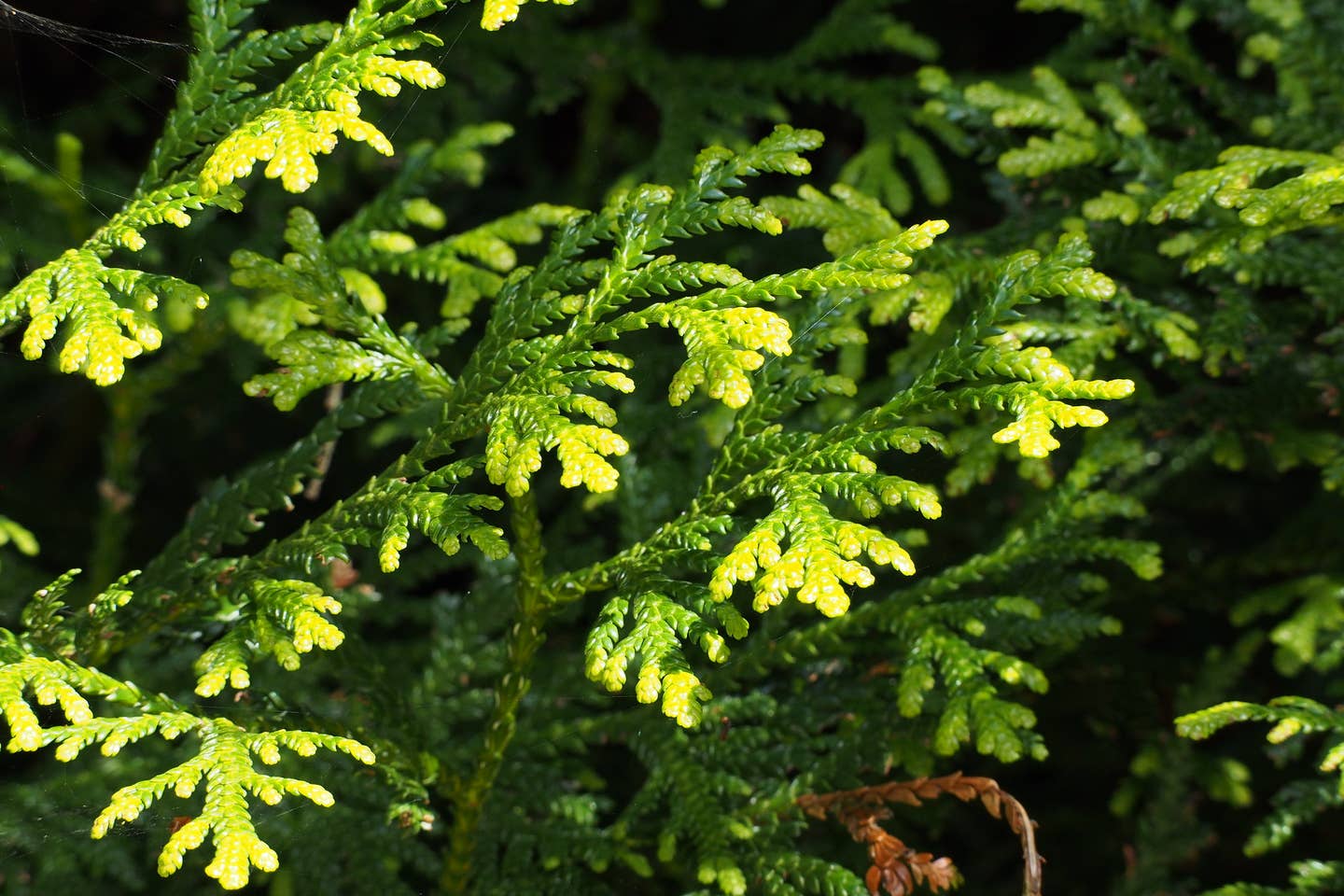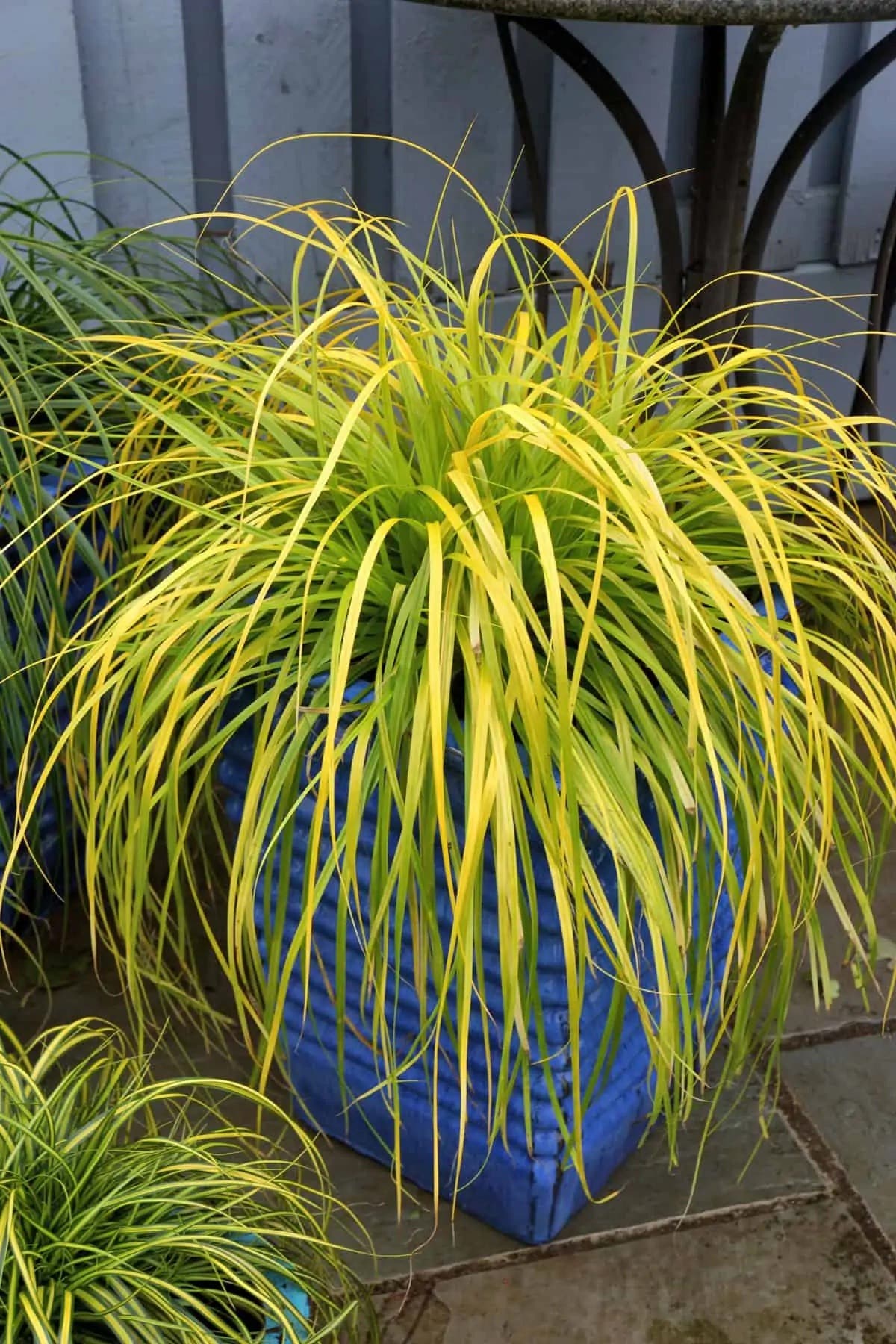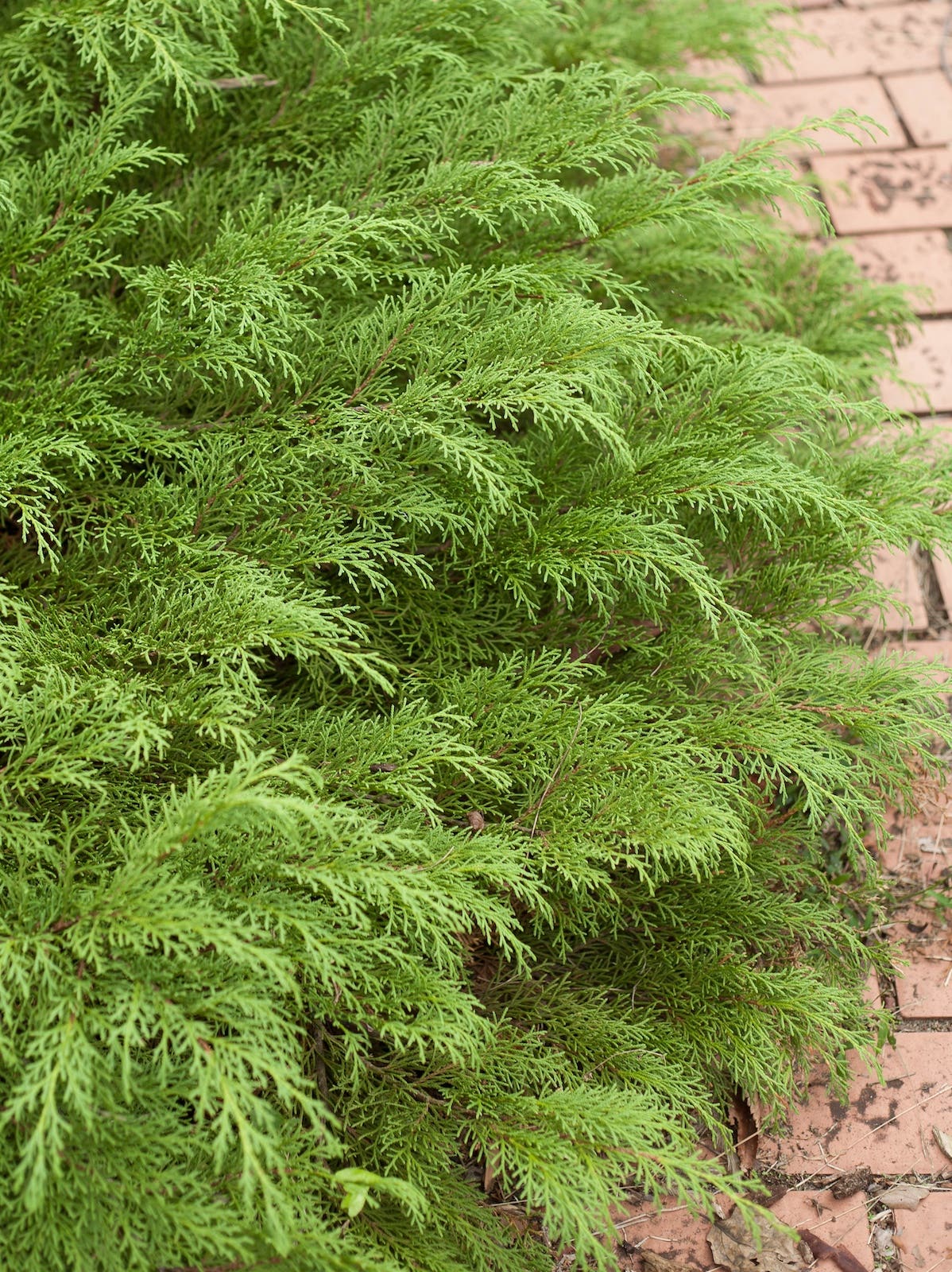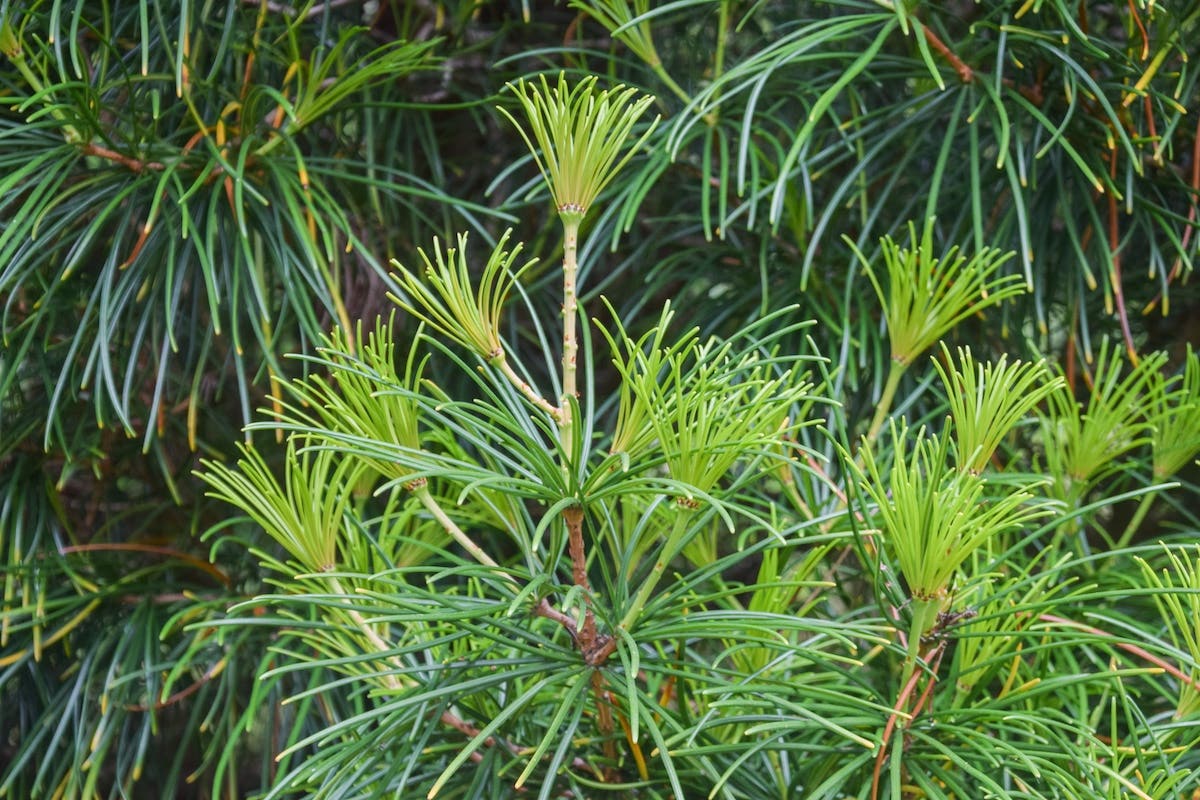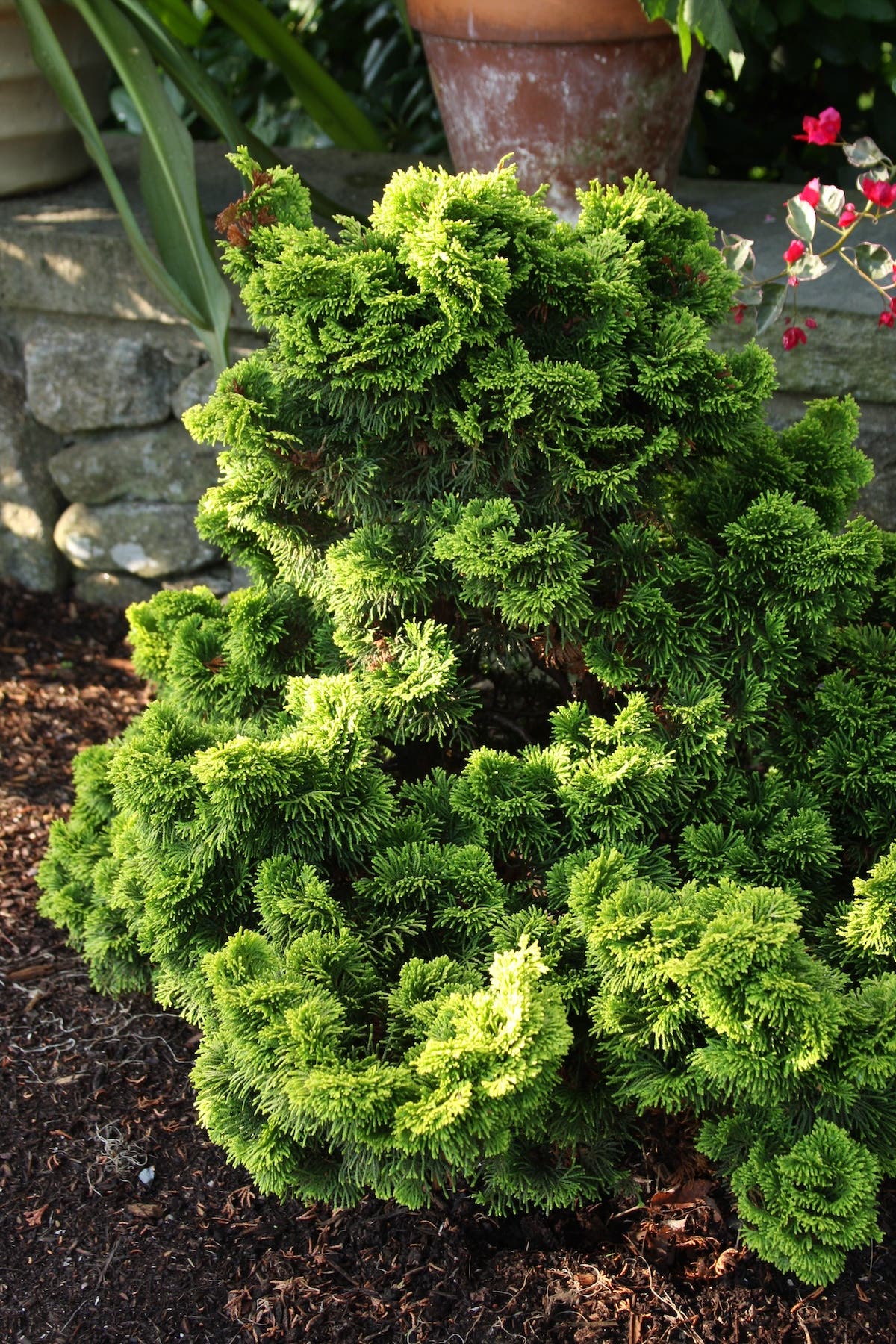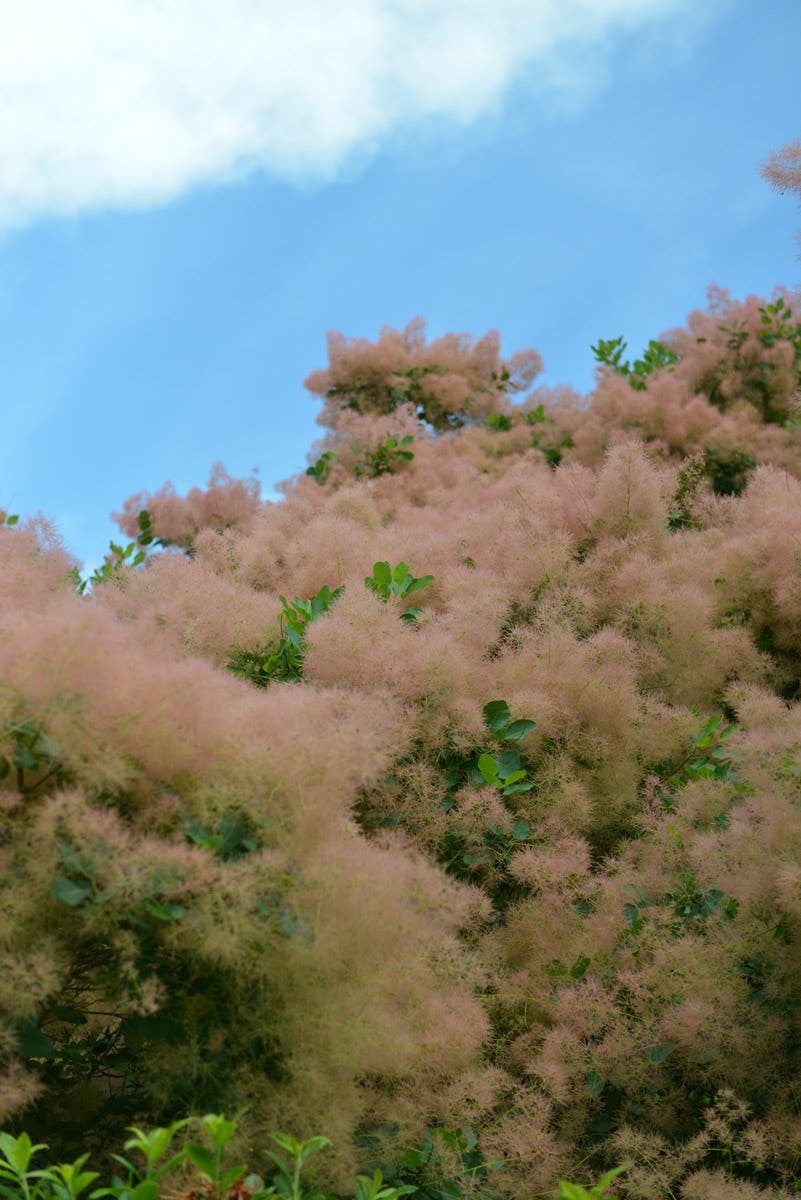Garden Worthy – Monkshoods
The genus Aconitum is a sinister one, containing some of the most poisonous plants in the world, a fact known about them since ancient times. The common name for garden varieties, monkshood, comes from the curious cowl or hooded shape of the flowers, though the plant is also known as wolf’s bane. Some species were long ago ground into powder and mixed with meat to poison wolves…
Garden Worthy Monkshoods
Blue Beauties
Other Favorites
The genus Aconitum is a sinister one, containing some of the most poisonous plants in the world, a fact known about them since ancient times. The common name for garden varieties, monkshood, comes from the curious cowl or hooded shape of the flowers, though the plant is also known as wolf's bane. Some species were long ago ground into powder and mixed with meat to poison wolves.
Today the genus recommends itself chiefly for other purposes. Endlessly adaptable, it possesses a grace of carriage and beauty of leaf and bloom, vivid or subtle, that add up to a look no other hardy perennial can quite match. So, though as William T. Stearn says in his wonderful Dictionary of Plant Names for Gardeners, "care must be taken on all occasions when handling the roots, which have sometimes been mistaken for horse-radish, with disastrous results," gardeners who are not prone to munching on any old plant, and who are free of dark impulses toward others, should plant aconites with abandon. They are excellent garden plants, pest free, very long-lived, and if not all of them look stunningly beautiful in flower, not a one is ever dull and boring.
Blue Beauties
Though there are white aconites and yellow ones, and they are pretty, one really turns to aconites as garden plants for the color blue, be it pale, electric, or cobalt. Those are the ones most prized by gardeners, and perhaps the finest of them all is 'Spark's Variety' (USDA Zones 5-8), a 19th-century hybrid that remains unsurpassed today. It forms clumps, or, more accurately, colonies, of carrotlike roots from which stout three-foot-tall stems emerge, nicely occupying the space allowed to them. In mid-July, wiry, multibranched candelabra appear, becoming as much as five feet tall, but arching under the weight of rich deep blue flowers. These appear in great numbers and over a long period of time. 'Spark's Variety' always looks best where it can lean over other perennials, or-as we have it-arched over a boxwood hedge.
Aconitum carmichaelii (Zones 3-8; sometimes still called A. fischeri in catalogs) blooms at the very end of the gardening year, always with brightly colored maple leaves at its feet and sometimes even with a dusting of snow on its head. Unlike 'Spark's Variety,' it stands stiffly upright, usually about three feet tall with clear blue flowers-lighter than those of 'Spark's Variety' and borne in tight, dense cobs. Northern gardeners particularly treasure this native of Russia and northern China; when summer is brief, the last flowers that come on the cusp of winter are particularly wonderful.
Other Favorites
We make no secret of preferring those aconites with blue flowers, for good clear blues, whether deep or sky, are the best of colors in a garden. Still, just as gourmands eat all kinds of foods with pleasure, gardeners treasure all kinds of plants, even those not among their favorites, if they have the space to do so. Since our garden is very large, we can appreciate many aconites that are not blue. We would sorely miss them if they failed to return each year. One is 'Ivorine,' aptly named for its pale gold, almost straw-colored flowers borne in late spring and early summer. Its carriage represents a middle way between the sturdy solidness of A. carmichaelii and the attenuated grace of 'Spark's', for though it is self-supporting, in flower it takes on a lacy and delicate effect. In a race endowed with beautiful leaves, the leaves of 'Ivorine' are particularly beautiful, and one floating in a clear crystal bowl is a pleasure in itself to study.
We do not know whether our fondness for A. lycoctonum subsp. Vulparia (Zones 5-8) exists because of its historical associations or its amiable habits in our garden. Perhaps both. We know that it was a death drink for condemned souls in the Middle Ages, and that the ancient Greeks mixed its ground-up roots with food as a reliable poison for vermin. Though highly toxic in all its parts, in prepared form it is nevertheless valued in Chinese medicine, and it shows promise in modern research as an antiviral and antitumor treatment. But the way it dances about our garden delights us more than all these facts. It has a broad leaf for an aconite, typically five-lobed and incised but with a velvety texture. Its modest flowers, butter yellow and borne in racemes (as are the flowers of all aconites), gracefully arch out and dangle. The only aconite we grow that self-sows in our garden, it surprises us often, amid the woodland or under the skirts of old rhododendrons, shyly offering its quiet charm as if to apologize for the miserable ends it has unwittingly facilitated. We do not remember where we first planted it, though 25 years later it still appears.
Of the climbing aconites we have recently added to the garden, A. episcopale (Zones 5-9) appears the best so far, a quite rare Chinese species we got from Ellen Hornig's nursery, Seneca Hill Perennials, three or four years ago. It climbs vigorously, reaching as high as 15 feet in a single season, with 5-foot-broad, rather thickly lobed leaves etched with silver along their veins. Those succulent leaves and its vigorous climbing habit may give enough reason to grow it, but late in August it produces rich lavender-blue cobs of bloom all along the top third of its growth. Botanical names are always a mystery, but someone must know why this species was called espicopale, bishop. Perhaps in some botanist's mind the expanding tips of the vines resembled a bishop's crosier, or perhaps he knew that bishops in the early church wandered from flock to flock, in far-flung places. We wait to be enlightened, but meanwhile, our one plant is both a treasure and an oddity, causing any visiting gardener to exclaim, "What is that plant!" That is always a sweet pleasure for a gardener, though such pleasure contains a smugness we assume not appropriate to episcopal modesty.
The genus Aconitum contains 100 species, though surprisingly few hybrids. Because they are such excellent garden plants, perhaps more will appear. Of the species and hybrids currently offered, there does not seem to be a single aconite that does not offer great charm. One could have an aconite garden, if one were inclined to specialize. For us they are an important part of the garden tapestry, woven here and there, in sunny places and in shaded ones, blooming in late spring, midsummer, or late autumn, clumping or twining or self-sowing-always treasures, even for one leaf alone.


